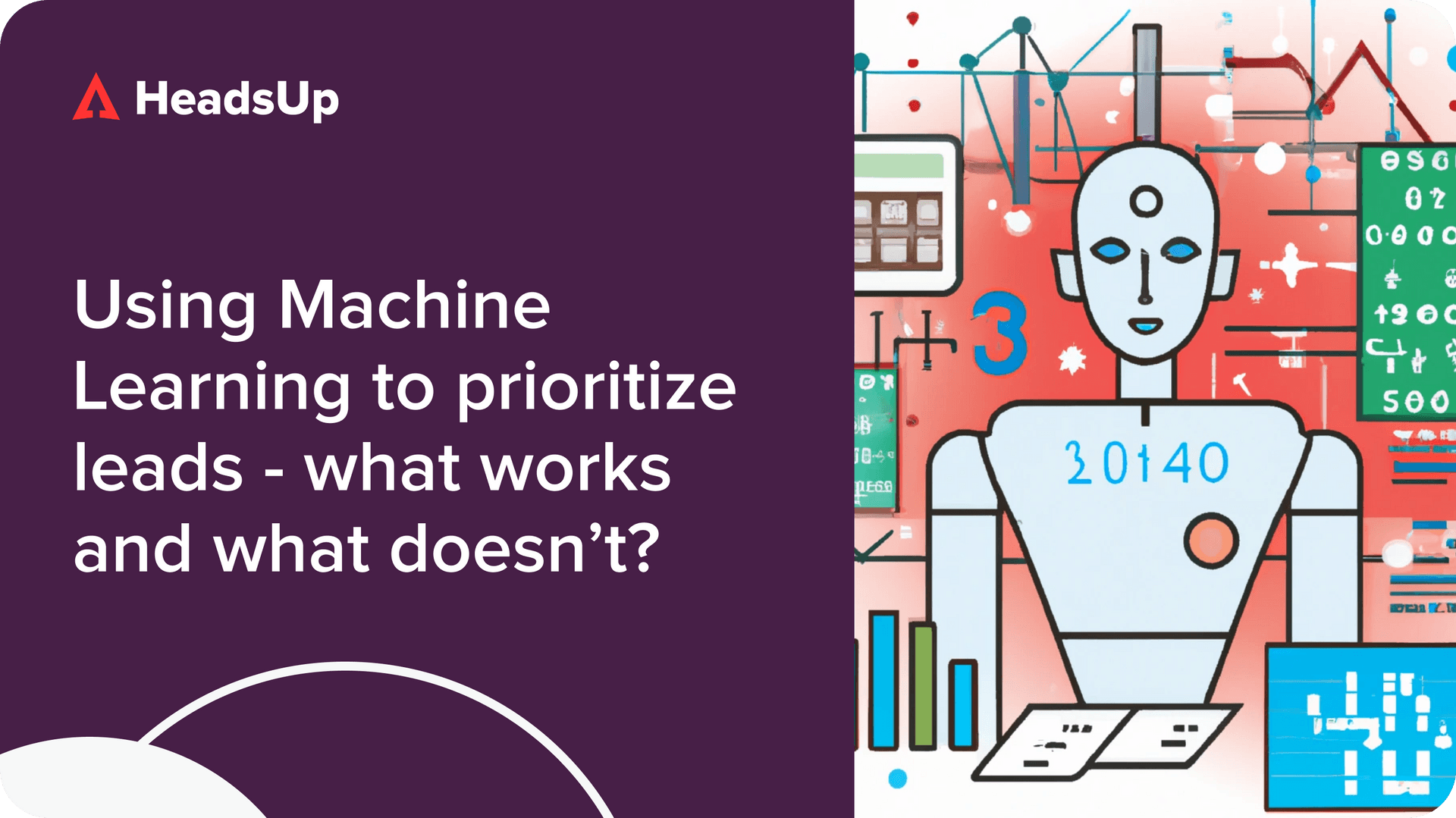I recently spoke to Jan-Erik Asplund, Co-founder at Sacra, about the challenges we see Product Led Sales teams facing with the tooling available today, and how we see things changing with the future evolution of the PLG go-to-market stack.
Here are some key moments from our discussion.
From your perspective, what does a typical product-led growth sales motion look like? How do teams make it happen today with the tools that they have?
The typical product-led sales motion is characterized by the fact that you are trying to upsell someone who’s an existing user on the product, which means there’s a set of data that sales teams, marketing teams, and even customer success teams can leverage to make that initial sale. I think what’s interesting about that is it’s not always free to paid. When you think about selling, you think about, “Oh, how do you go from zero dollars of revenue to some dollars of revenue?” Well, in the product-led sales motion, oftentimes this notion of converting from free to paid very much overlaps with transitioning someone from, let’s say, a $10 month plan or an individual user into some sort of team plan. I think that’s one important thing to call out about that motion.
How do teams approach that product-led sales motion? You typically have a team that’s dedicated towards this high velocity movement. That’s someone between an SDR and an account exec, who is able to make the product-driven sale very quickly with limited light touches. There are teams sometimes referred to as a “product specialist team” or a “sales assist team” that companies will spin up. Those teams will go out there and try to identify which of the existing free users are likely to just become self-serve paid users or if there is a bigger opportunity to convert them into a $10,000 per year contract or $50,000 per year contract. They’re generally equipped by a combination of BI tools and a reverse ETL tool that syncs product user data back into a CRM.
Fundamentally, what you’re looking for is the ability to give visibility on who is using the product a lot to the sales assist team or product specialist team. That’s the baseline. The question is, how can you provide this data in some sort of dashboard? Some teams have taken it further and set up some set of automations or alerts that trigger based on users hitting certain points in the activation flow. As soon as someone adds their fifth colleague onto the product, that’s probably a good, opportune time to reach out as a salesperson and try to convert that user or to reach out and help that fifth user get onboarded onto the product and start to unlock some of the multiplayer use cases of a PLG product. It’s that combination of providing a way for these reps to dig into what’s happening in the product, and then also making sure that you can be proactive about it and flagging those accounts when these sorts of events occur.
Now, the way that people do it today oftentimes is with a combination of more generic data tooling: like Looker, and we’ve also heard Retool being used frequently as well. Most of this will hinge around some kind of data warehouse, whether it’s BigQuery, Redshift or Snowflake. And then of course you’ve got reverse ETL syncing data back into the CRM. When you’re not using a dashboard tool like a Retool or a Looker, we’ve also seen some companies hack together a solution where you’re using the campaign object in Salesforce to house a lot of the same data that you might see on a dashboard. People are finding very creative ways to use essentially generic data tooling to push reps the right information. It’s probably also worthwhile mentioning the IPaaS solutions here. Some companies are using that instead of reverse ETL to push data back into the CRM, but increasingly I think reverse ETL tools have taken the forefront on that.
I’d love to dig into the marketing, sales and success teams. Could you speak to how those teams are organized, what their roles are, and if there are common metrics of engagement or usage that they look at?
I think the big difference is that we see a lot of sales and success being blurred together. The person that I’ve been talking about — this sales assist or product specialist — they’re essentially a hybrid between a sales rep and a customer success rep and even a customer support rep. They usually do belong to the sales team formally at these sorts of companies, but we’ve also seen the inverse where some companies are very light on actual formal sales reps and heavier on a customer success team whose whole goal is to drive these account expansions.
I don’t think the market has found or coalesced on the right way to do things because we still see a lot of different structures. But I think that one consistent theme, long-term, will be that the lines between sales and success increasingly become blurred, because there’s not much difference between a user who’s free and a user who’s been a paying customer for a while. Your job as a go-to-market team should be to help that user unlock value from the product and continue to realize new value in the product, because that’s ultimately how you’re going to drive revenue. The role increasingly becomes much more consultative and success-driven than what I think we view traditional sales as.
Now, the marketing teams. It’s interesting because we see in most cases that marketing teams are still focused more on just getting people to reach that sign-up status. Where you see the notion of marketing applied in a product-led sales context is more in growth teams that are thinking through, “Well, what are the types of email campaigns I should be sending to get people activated?” Because ultimately activation drives towards conversion, so these growth teams are, I would say, a parallel layer on top of traditional sales, marketing, and customer success. They’re the ones focused on, “How do I set up all these automations that allow you to have a scaled way of nurturing and eventually converting users?”
What we also see is that sometimes growth teams will own conversion or the sale where there isn’t a need for a human to drive that conversion. With product-led sales there are customers that will just sign up for the product and realize value really quickly, and you don’t need a person to intervene and be like, “Hey, you should sign up for this business tier or enterprise tier.” They’ll just do it on their own. In fact, you don’t want that because otherwise you’re spending precious sales calories or sales reps time on things that would’ve already happened. So there’s this segmentation of a growth team that would own this fully automated sale, and then a true sales team that is inserted to help grease the wheels and convert users that may not otherwise convert if there weren’t some hands-on help in figuring out how do I apply the product to solve my business problem.
There are essentially two primary buckets of “sales” here. One is a team that’s dedicated to do fully automated at-scale conversion, and then there’s a team that is much more of the human consultative-driven motion, where you’re helping people realize value in a much more hands-on way. This is the case with products where there is a single-player mode that eventually tees up into multiple different stakeholders in the business. Consider a tool like Mongo. Any developer can start using Mongo on their own and start realizing value in that product in isolation. But if you, as a sales rep at Mongo, are going to make a large enterprise sale, you need some human being in the loop to talk to, like the IT department or the VP of engineering, who’s not actually the one implementing things, but who will basically map out how this solution, as a whole, fits into the organization.
At the same time, Mongo has plenty of fully automated sales as well — much smaller teams that are just signing up for their cloud product. That’s where you might have these sorts of sub-automated email campaigns to drive people towards conversion there.
You’ve described growth teams doing at-scale conversion versus a success-sales hybrid doing more hands-on conversion. To what extent do you see the PLG software stack fall along those lines in the organization, where there might be more developer-centric tools, like reverse ETL, on one side and then tools like Zapier or Segment on the more marketing-success side?
We see reverse ETL tools being owned and operated more by the data team. Sometimes there’s a little bit of a blurred line between the data team and the growth team, so if you’re talking to a growth team, they’re probably going to be fluent in SQL and are going to be able to implement reverse ETL really well. If you’re talking to a more traditional sales or revenue ops team, they’re not going to be able to do that. They might be able to figure out Zapier. For that reason, there is some distinction there, but I’m not sure it maps cleanly to a broad category of developer tools. Beyond reverse ETL, I’m trying to think what else would be in that first bucket.
I guess a different way to think about it would be: you’ve got the data stack tools, and then you’ve got tools that are much more functionally focused on solving a sales problem or a marketing problem or a success problem and that try to do things more end-to-end and to be as non-technically friendly as possible. I think you can consider tools like Workato or Zapier to be in that bucket, just because everything’s much more drag-and-drop and GUI-based. But you do see the data tools being owned by the data or analytics team and sometimes the growth team, and then separately rev ops or sales ops will find more end-to-end solutions like a HeadsUp to solve similar problems, but instead of only doing, let’s say, this reverse ETL portion really well, these tools will bleed the edges on what happens before reverse ETL and after reverse ETL. It’s things like finding insight or driving automations, not just pushing data around.
One thing that a lot of companies in this PLG CRM category converge upon is moving beyond just displaying usage data in a way that is actionable for sales reps. It’s also driving, let’s say, email cadences based on that usage data or alerts so that sales reps know immediately when to take action. You can hack those things together using reverse ETL, analysis, or IPaaS, but the PLG CRM category and tools within it it make it much easier to ultimately drive that business solution of, “My reps know exactly when to act and they can much more easily take that action.” You’ll see integrations into tools like Outreach and Salesloft that make it easy for a sales rep to push an email campaign against a user when a user unlocks some value in the product and have that email cadence ultimately drive towards a conversion.
Read the full interview transcript on the Sacra website


